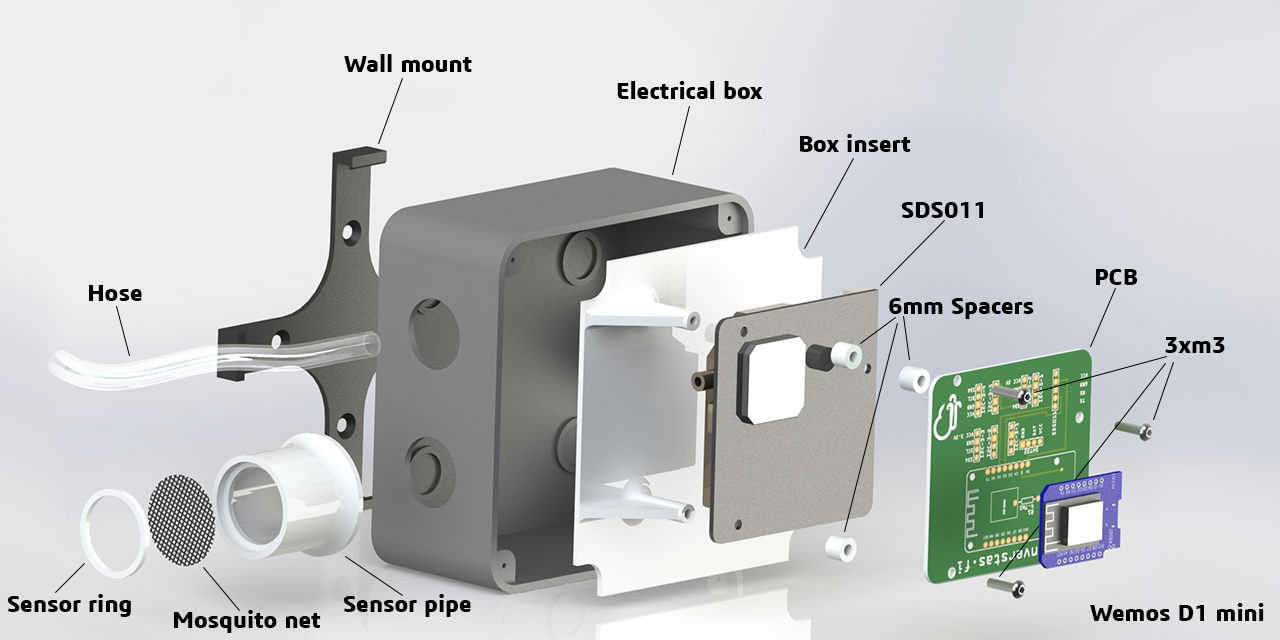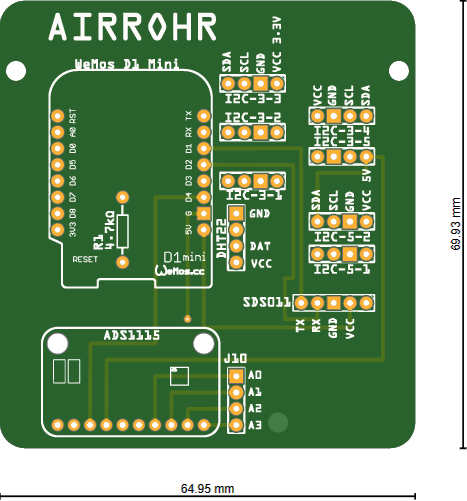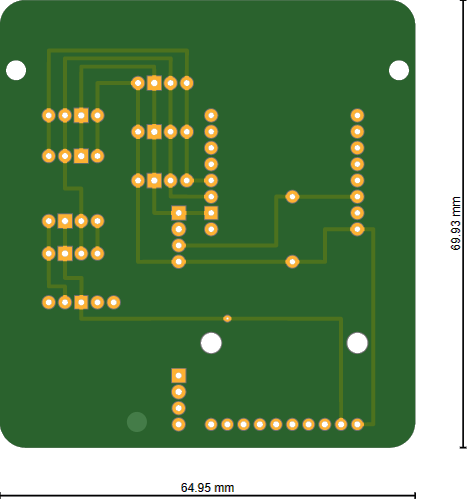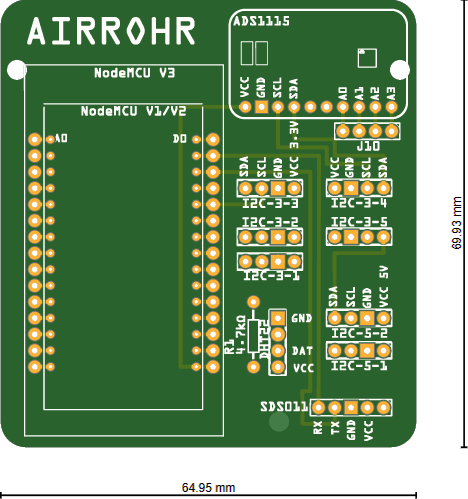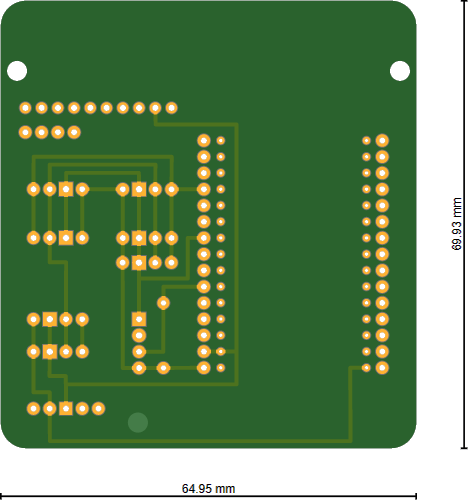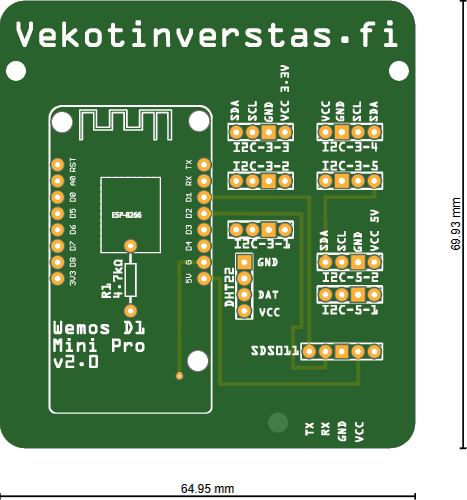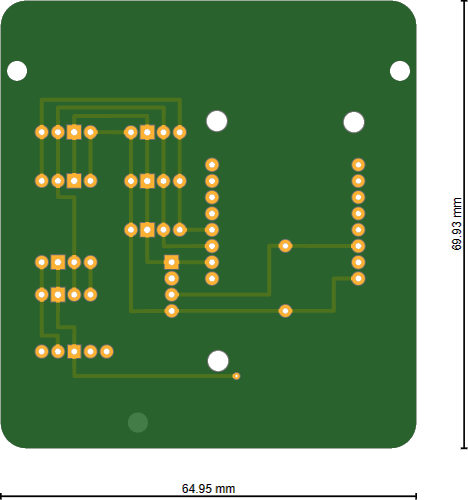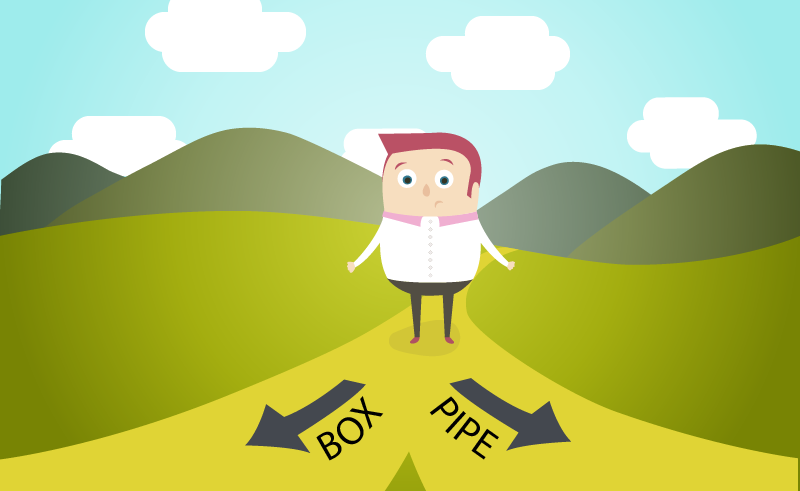Created by gh-md-toc
I got involved in the Airrohr (Luftdaten, Luftdata.se) project in 2017 and it hadn't gained all that momentum yet so most parts was (and still are) connected just with some dupont wires and stuffed into a pipe on the wall! It works but maybe not that pretty and to make it more stable something more sturdy then cables might be used.
Since I'm no programmer but wanted to contribute to the project in some way I started making 3D parts like a stevensson screen for the sensor bit that to felt a bit bulky so this is a more streamlined version.
My goal with this project is to create a easy to use kit that can be made or ordered and requires minimal soldering skills and still looks good. For information about flashing firmware etc. please see Luftdaten.info
Now you have to choose a path, either you go all in and buy the electrical box, print all the parts for the complete kit or you just order the PCB and insert it into a standard pipe as the original.
This is how the finished assembly can look with the board showing. Imagine a lid on the box and another bend in the pipe!
| Electrical Box | Pipe |
|---|---|
 |
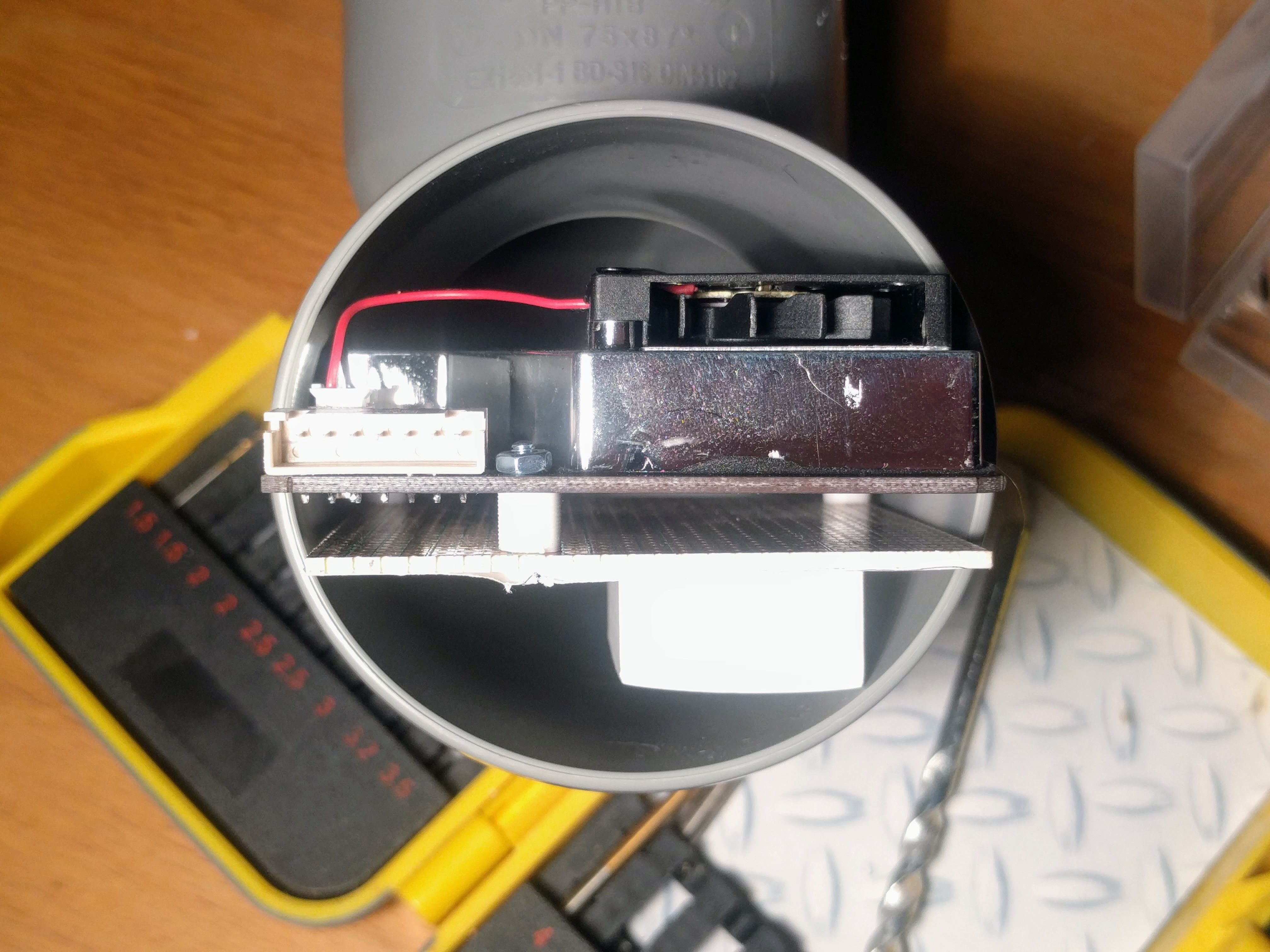 |
So this is the main part, the pièce de résistance as one might call it of this entire project! Solder on some header pins and insert the ESP8266 of your choice, connect the standard cables that comes with the SDS011 to the connector and you're ready! The PCB also features:
- 5 different I2C connectors at 3.3V for sensors
- 2 different I2C connectors at 5V for LED, OLED etc.
- 1 connection for Adafruit ADS1115 16-Bit ADC for DB meters and other analog sensors.
There are a couple different versions each in their own folder with Gerber files:
(Fritzing version is also available)
This is labeled with the airrohr project name and good for general use.
Order at Aisler
This is made to fit either a NodeMCU v1, v2 or even the Lolin v3 that has a bigger footprint.
Order at Aisler
This is labeled for the Swedish version of the project at luftdata.se but other then that it's the same layout as the airrohr version above.
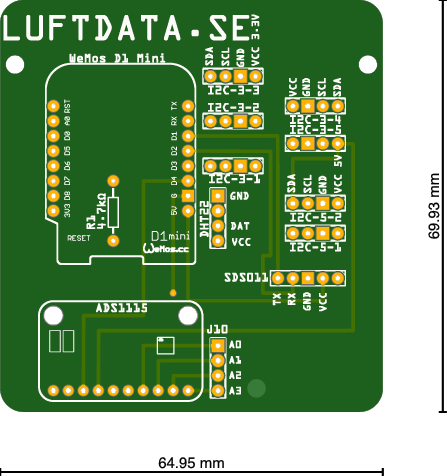
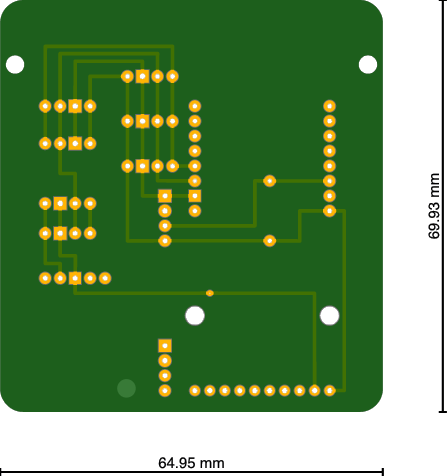
Order at Aisler
This is labeled for the Swedish version of the project at luftdata.se but other then that it's the same layout as the airrohr version above.
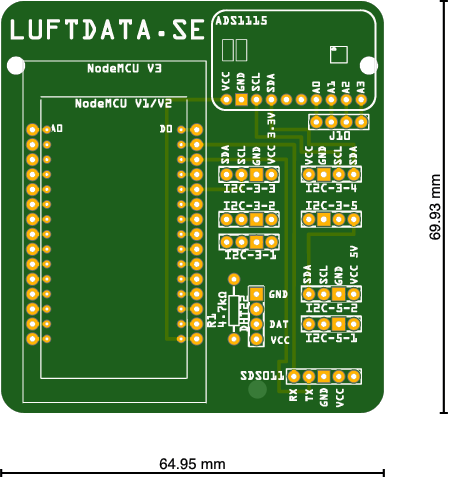
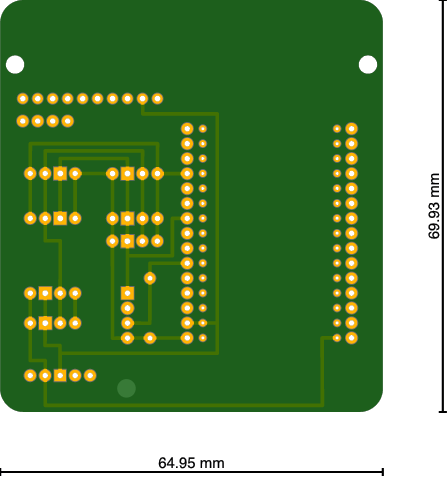
Order at Aisler
This is a custom board I made for the Finnish iniative vekotinverstas.fi who uses the Wemos Mini Pro v2 instead and LoRaWan to be able to spread the sensors out in entire cities. Really impressive work so head over to their homepage and check it out (google translate works well enough)
Order at Aisler
- SDS011 Particle sensor
- ESP8266 (NodeMCU or Wemos D1 mini/pro)
- Sensor (DHT22, BME280, BMP280 etc)
- Electrical Box (3D parts are custom for Biltema 46-2021, 116x116x76mm)
- Hose 6mm Inner diameter, 200mm long
- 3x M3x12 screws
- 1-4 Wood screws to attach to wall
- 3x 6mm spacer
- 1x Airrohr stencil (optional for painting)
- 1x Luftdata stencil (optional for painting)
- 1x Airrohr wall mount
- 1x Airrohr box sensor pipe (For 28mm grommets)
- 1x Airrohr box sensor ring
- 1x Airrohr box insert
- 2x 1x8 pin header for the wemos (alternatively 1x15 for the NodeMCU)
- 1x4 pin header (as many as the number of I2C components you want to add)
- 1x4 pin header for the DHT22
- 1x 4.7kOhm resistor for the DHT22
- 1x JST-XH 5-pin angled connector (800624)
- 3x 6mm nylon spacers with nuts/screws or 3d printed alternative.
So this is where you make your choice, a rather small one so don't procrastinate about it since you can always switch between the models. The most important decision is that you want to be a part of the project and help measuring air quality!
Your choices are simply either to build the simpler option with pipes or the tad more advanced version with electrical box and 3d printed parts. You can always start with the pipe version and upgrade later! There's even a version without a PCB that you can find over at luftdaten.info (international) or luftdata.se (Swedish) but you still require some hardware like the particle sensor and ESP.
Solder on all the headers/sockets that you want to use for your project
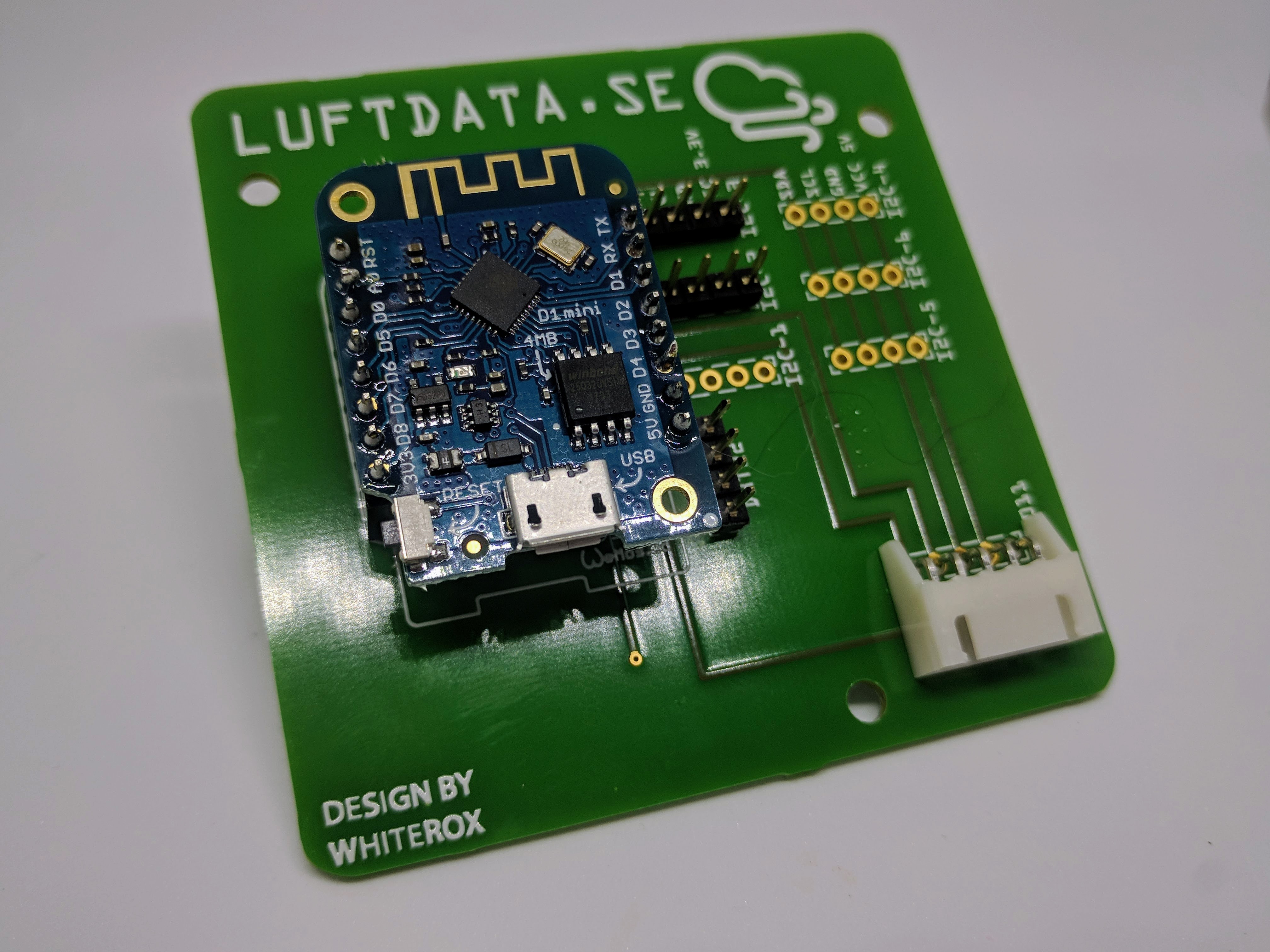
Use the nylon spacers and screws/nuts to mount the board to the bottom of the SDS011 sensor and then connect the cable between the sensor and the board:
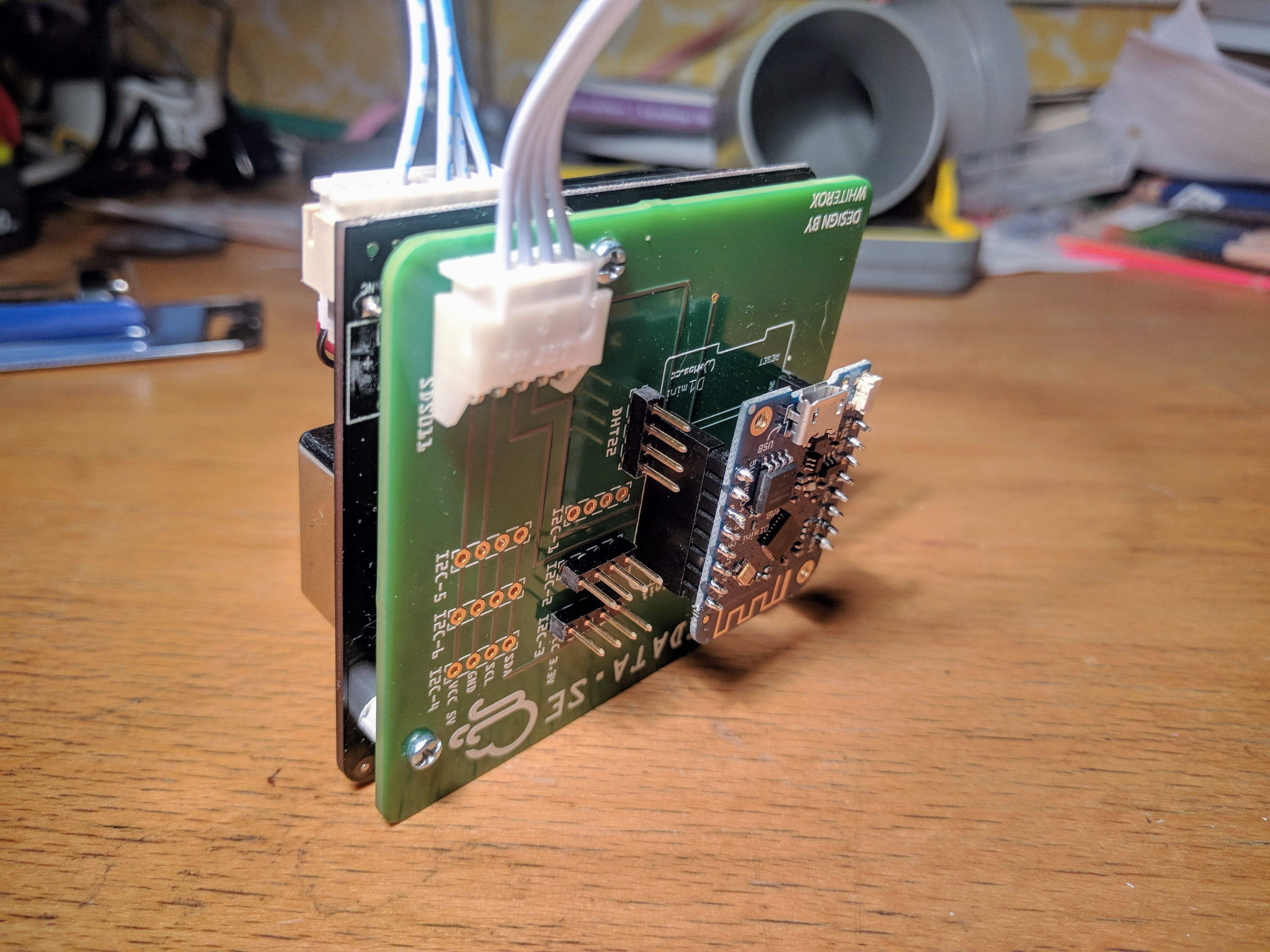
The complete package is designed to fit into the 75mm sewer pipe system that the airrohr project uses for mounting and securing the sensor:

(dummy wemos on the image)
